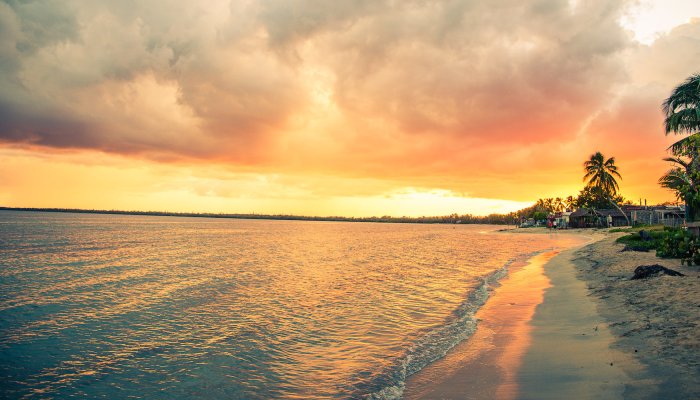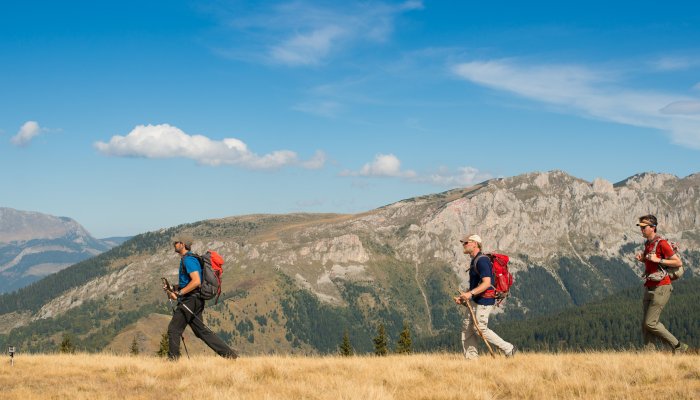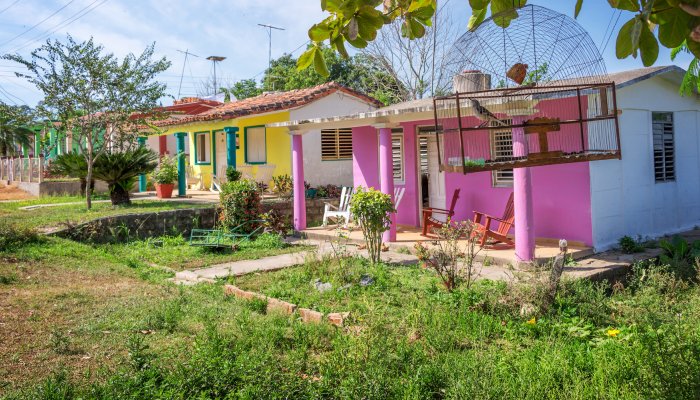Why You Should Consider a Custom Safari Tour in Tanzania
With some of East Africa’s best wildlife-viewing destinations located within its bounds, Tanzania is one of the most popular places to escape for a safari adventure. It’s not only home to the legendary Serengeti National Park and the Ngorongoro Crater Conservation Area, but rising in the country’s north is Africa’s highest peak, Mount Kilimanjaro.
A custom safari tour in Tanzania not only enables you to experience all of the wildlife action of the Great Wildebeest Migration but allows you to craft a holiday experience that is exactly what you desire. Perhaps that means getting off the beaten track in the parks and reserves of the Southern Circuit or ticking off the big-name wildlife destinations of the Northern Circuit. Maybe it means combining a week on safari with scaling a volcanic mountain peak or spending a few days on an island with your feet sunk into the sand.
No matter what your travel style, here are just some of the reasons why you should consider a custom safari tour in Tanzania for your next vacation.
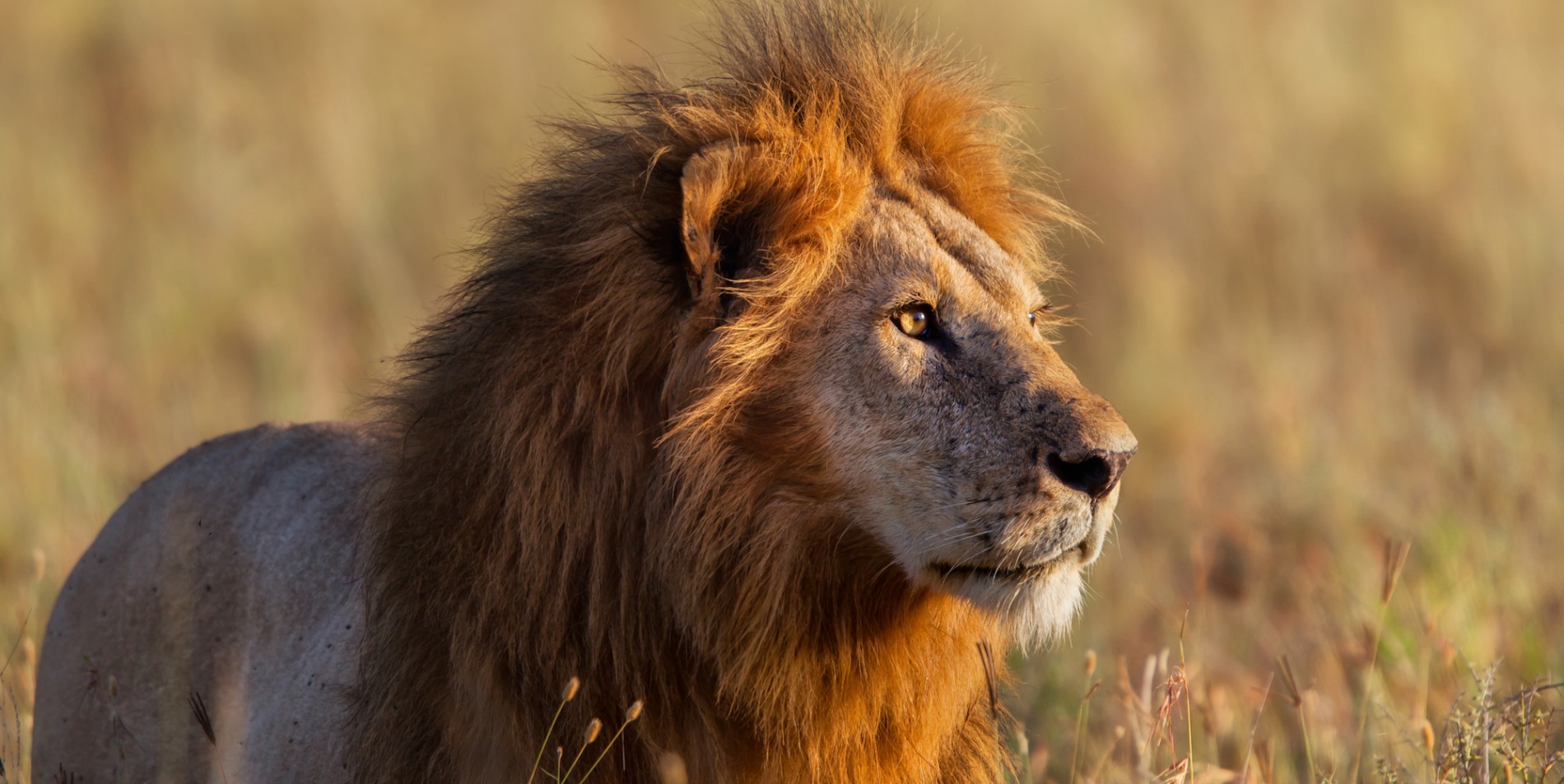
The wildlife experiences are second-to-none
The numbers are simply staggering - Tanzania is home to more than four million wild animals representing around 430 different species. It boasts around 20% of Africa’s large mammals (we’re talking elephants, giraffes, zebras, and hippos), including large, predatory animals such as lions, cheetahs, and leopards. Aside from its big game species, Tanzania’s national parks and reserves provide a habitat for 25 types of reptiles and amphibians, around 100 different species of snakes, and roughly 1,000 recorded birds.
Aside from the sheer number of animals present within its bounds, Tanzania is also exceptional for hosting one of the world’s most impressive wildlife spectacles - the Great Wildebeest Migration. It sees more than a million wildebeest traverse 3,000 kilometers between Tanzania and Kenya, accompanied by tens of thousands of zebra, eland, and Thompson’s gazelle. In their wake are predatory cats looking to take advantage of this bounty and resulting in some incredible “kills”.
The herds make this annual journey in pursuit of the rains, searching for new shoots of grass where they can feed and birth their young. While you do have to plan your trip carefully if you want to experience any of the action, the good news is that it’s a year-round event (read on to learn more!) so there’s a chance you will get to experience it, no matter how restrictive your travel dates are.
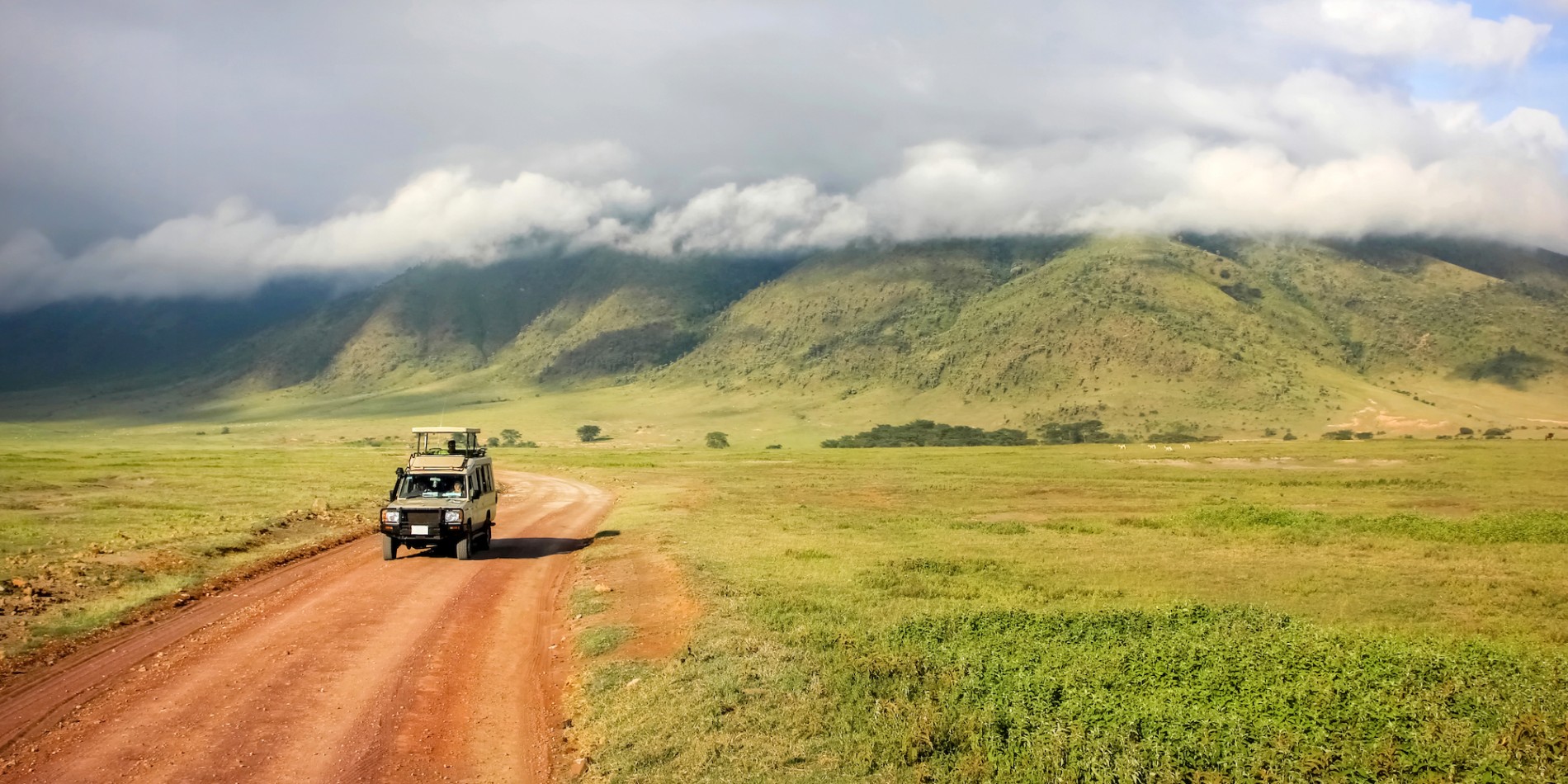
Tanzania is a year-round destination
Unlike some African countries that tend to be hot and humid, Tanzania has a generally comfortable climate throughout the year, making it an ideal place to be out and about exploring. Most guides will tell you that June to October is the best time to visit when the skies are relatively dry and the thinner vegetation makes wildlife easier to spot.
June/July coincides with the start of the Great Wildebeest Migration when hundreds of thousands of wildebeest and zebra begin making their journey north to the Maasai Mara. If you want to see them taking on river-dwelling crocodiles in the northern Serengeti, then August/September is the best time to come. It’s worth keeping in mind that Tanzania’s most popular wildlife viewing destinations can get very busy during this period, so you need to book ahead.
For a quieter experience, consider visiting in the wet season, which extends from November through to May. It’s during this time that the country’s landscapes turn a lush green and migratory bird species arrive from Europe and Asia. From late January to February, the wildebeest can be seen calving in Tanzania’s north and it’s a wonderful time to see newborns taking their first steps. March, April, and May see the heaviest rains while the rest of the season is usually marked by short, afternoon downpours.
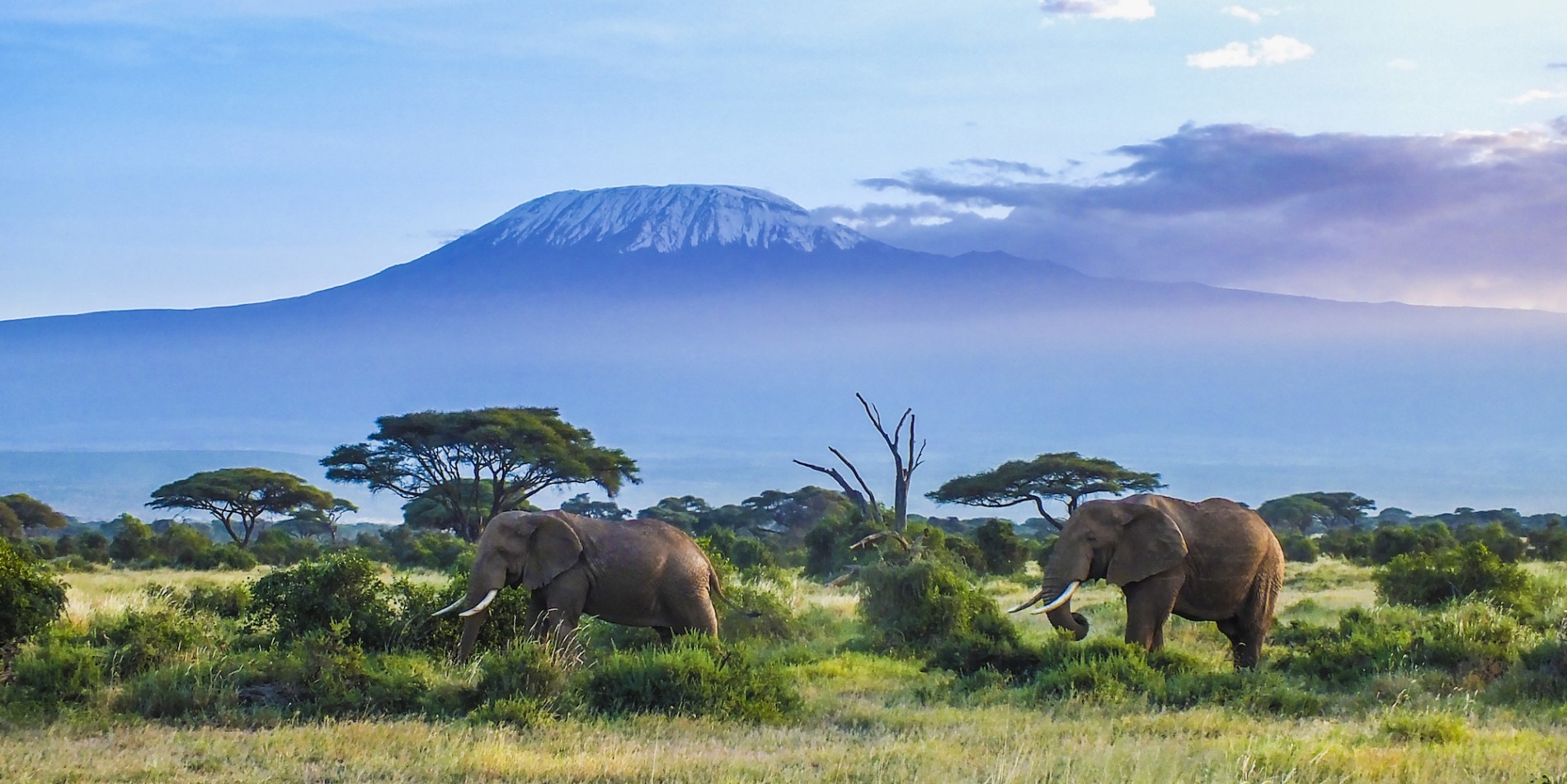
Tanzania is home to Africa’s highest peak
Rising to 5,895 meters along Tanzania’s border with Kenya, Mount Kilimanjaro is the highest peak in Africa. The dormant volcanic cones of "Kibo", "Mawenzi" and “Shira” provide a dramatic backdrop to safaris while also being a much sought-after destination for keen mountaineers. Trekking to the summit of Mount Kilimanjaro is a “bucket list” activity for many and can easily be combined with a Tanzanian safari.
There are various Mount Kilimanjaro climbing routes to choose from, each with its advantages and disadvantages in terms of difficulty, crowds, and acclimatization. You can hike the ever-popular Marangu and Machame routes, tackle the beautiful Lemosho and Rongai trails or experience the steep climbs of the Umbwe route.
No matter which trail you select, a trek to the summit of Mount Kilimanjaro is not something that should be taken lightly, with a good level of fitness required. Trekking with a licensed guide is mandatory and they will take care of all the logistics for you (including food and tents). Local guides also have an in-depth understanding of acclimatization to give you the best chance of success.
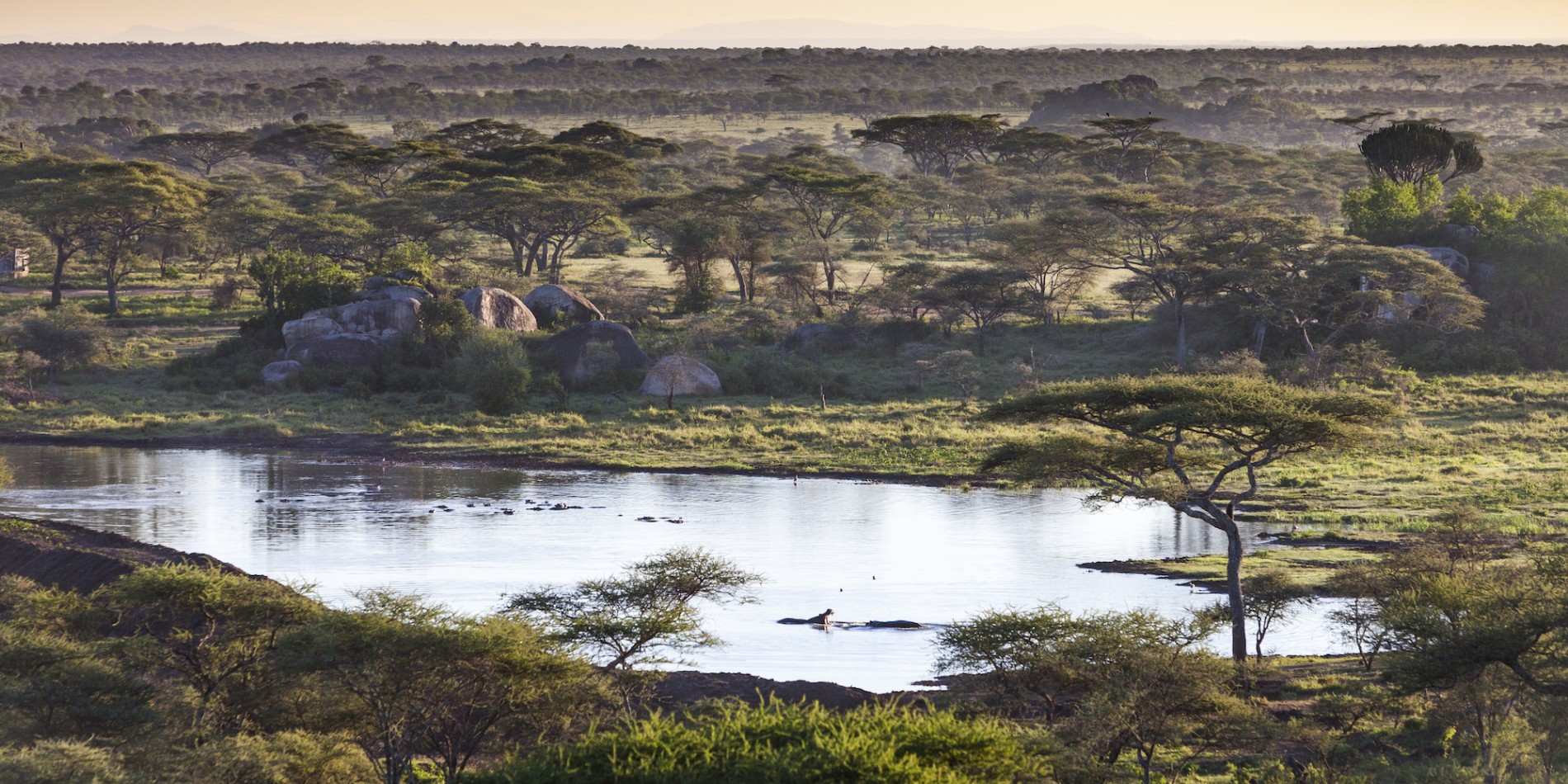
Tanzania boasts plenty of national parks, reserves and conservation areas
When you think of Tanzania, the names Serengeti and Ngorongoro Crater probably come to mind. And while these are two of the most iconic and spectacular wildlife viewing destinations in the country, there are plenty more where you can get off-the-beaten-tourist-track.
Tanzania’s national parks, conservation areas, and reserves can roughly be divided into two regions - the Northern Circuit and the Southern Circuit. Most first-time visitors opt for the Northern Circuit, which includes the predator-filled Serengeti National Park, the spellbindingly beautiful Ngorongoro Conservation Area, and little-known Tarangire National Park. It also includes tiny Lake Manyara National Park (described by Ernest Hemingway as “the loveliest I had seen in Africa”) and Arusha National Park, with the peak of Mount Meru at its heart.
More remote and with far fewer crowds is the Southern Circuit, which includes the UNESCO World Heritage-listed landscapes of the Selous Game Reserve, Ruaha National Park (Tanzania’s largest), and Kitulo National Park in the floral-filled southern highlands. Along the Southern Circuit, you can also explore the baobab-dotted savannah of Mikumi National Park and the tropical rainforest of the Udzungwa Mountains, home to red colobus and crested mangabeys.
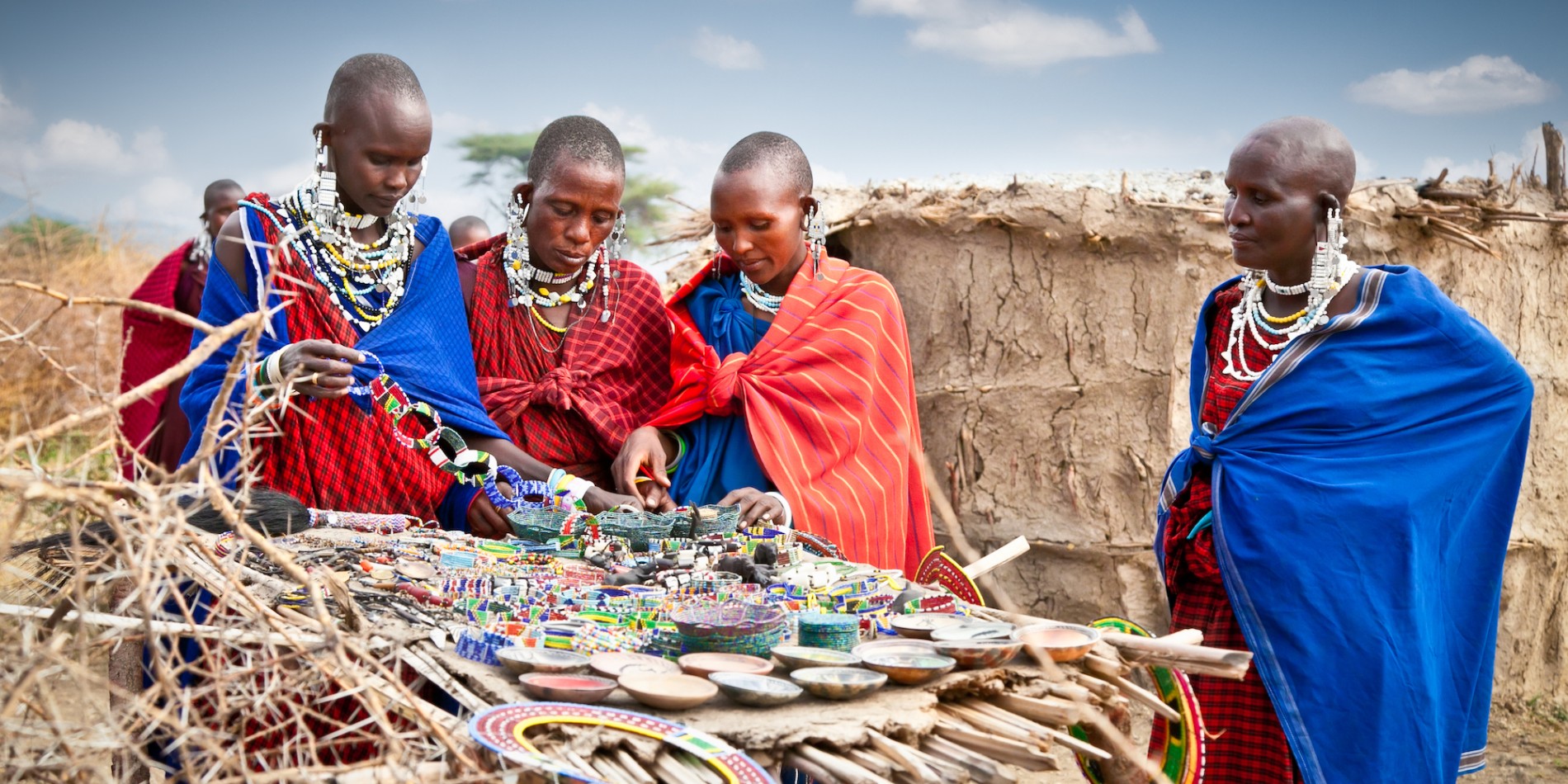
Tanzania’s cultural experiences are diverse
If you’re looking to combine your safari adventure with a cultural experience or two, then Tanzania won’t disappoint. The red-robed Maasai are the most iconic of East Africa’s tribal peoples and visiting one of their villages offers a unique insight into their cultural traditions and lifestyle.
But many other tribal groups also inhabit Tanzania, including the Hadzabe (one of East Africa’s oldest hunter-gatherer tribes) and the Datoga, who have long herded cattle in northern Tanzania. Cultural encounters are also possible with the Sukuma people (Tanzania’s largest tribal group) and the Iraqw, who live to the south of the Ngorongoro Crater.
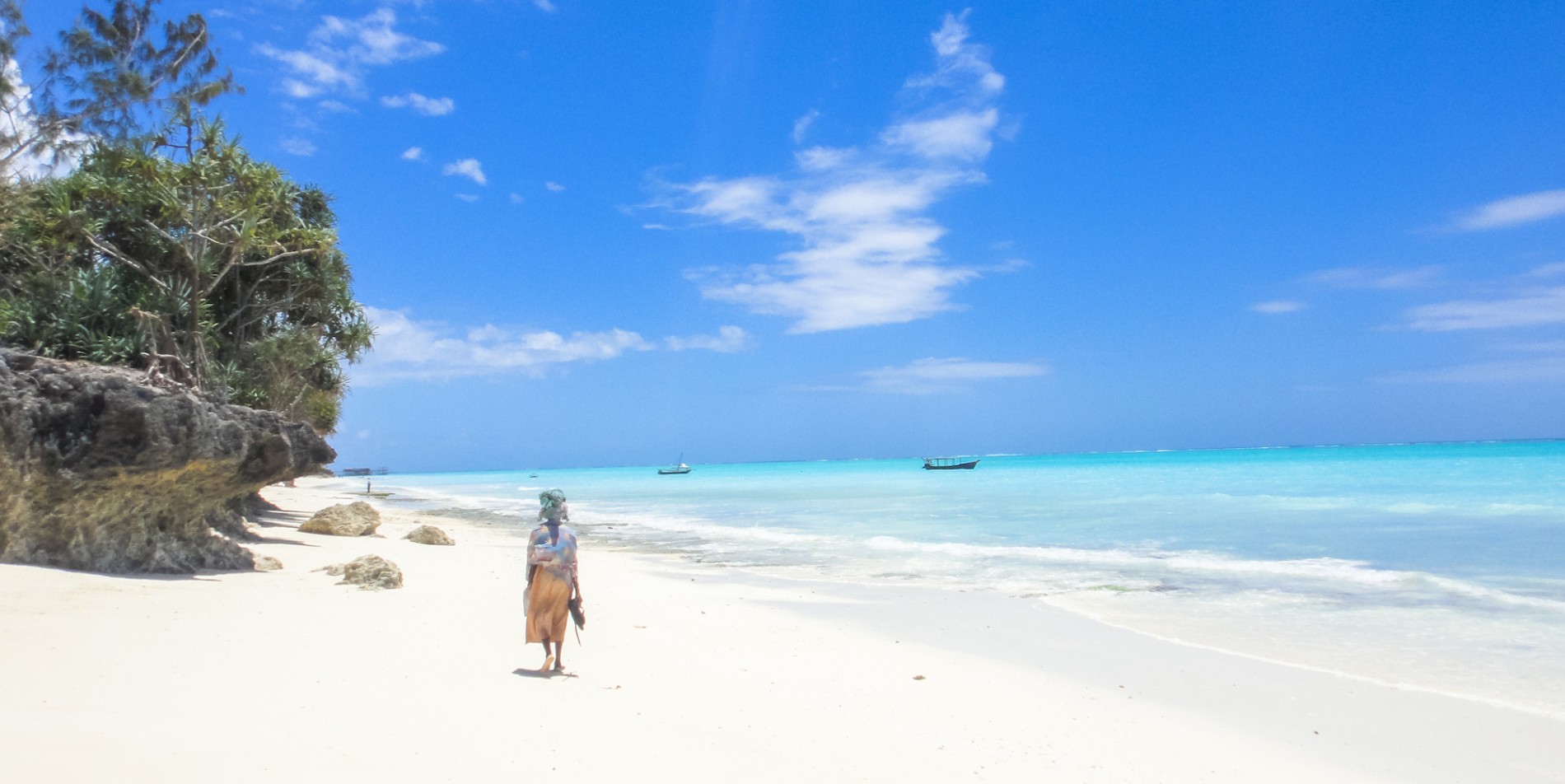
Tanzania offers the ultimate bush and beach escape
While most travelers visit Tanzania for its safari experiences, it’s also home to a stunning stretch of Indian Ocean coastline dotted with blissful beaches and islands. It’s for this reason that it’s one of the best places in East Africa for a bush and beach escape, combining a week on safari with a few days kicking back on an idyllic stretch of sand.
The exotic island of Zanzibar is one of the first places that comes to mind when planning a Tanzania bush and beach escape, with its abundance of spice plantations and fascinating fusion of cultures in Stone Town. Ringing the island are plenty of beach resorts where you can swim, snorkel and dive or embark on traditional dhow cruises.
For a more exclusive experience, consider the private getaway of Mnemba Island, which is located a short boat ride from Zanzibar. Alternatively, you could head to Pemba Island, home to rolling hills and surrounded by colorful coral reefs teeming with marine life.
Hassle-free adventures in a wildlife lover's paradise
With such a well-established safari tourism industry in the country, traveling to and within Tanzania is a breeze. There are frequent flight connections between its national parks and the capital, Dar es Salaam, as well as direct services to Zanzibar if you’re planning a bush and beach escape.
Safari lodges in Tanzania cater to everyone, from solo travelers and couples to families with young kids in tow, and they boast some of the most experienced guides and drivers in East Africa. All of this adds up to a hassle-free vacation in what is one of the continent’s most accessible and inspiring destinations.


